villa vianci
History & Heritage
A journey through time
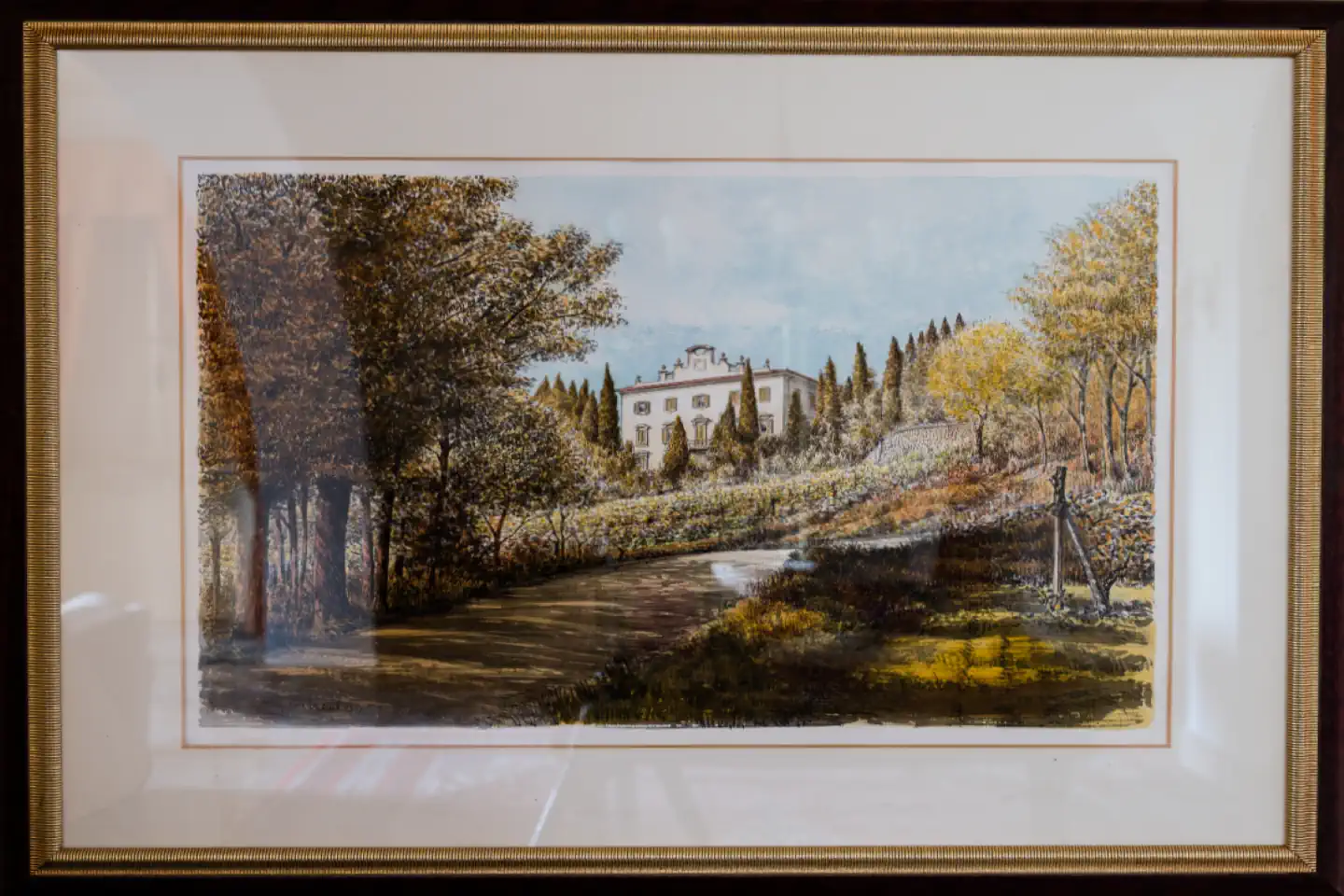
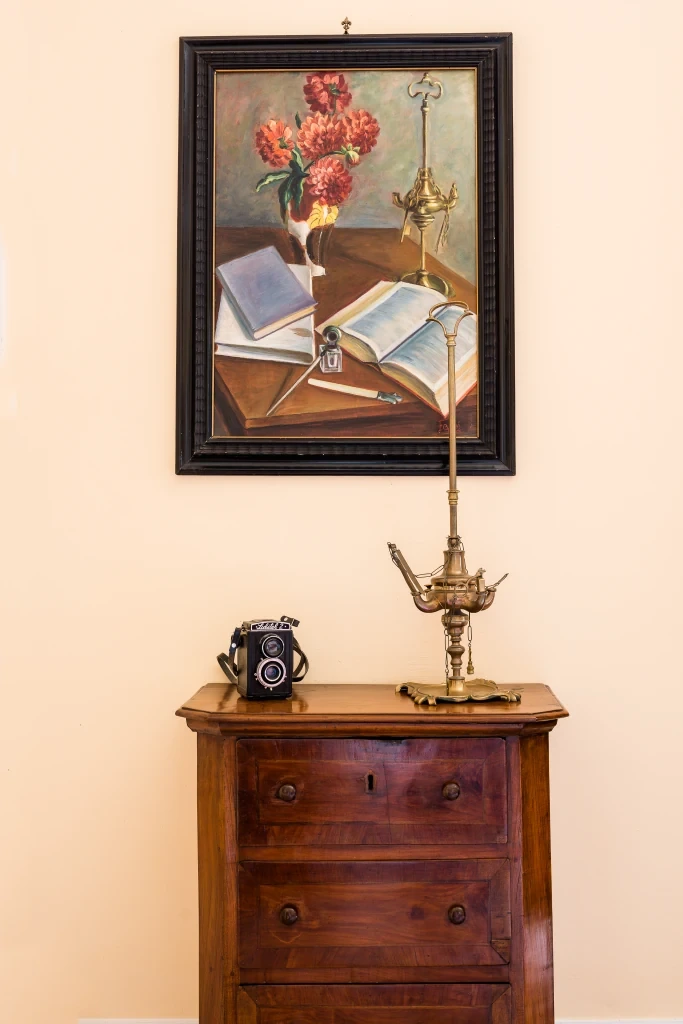
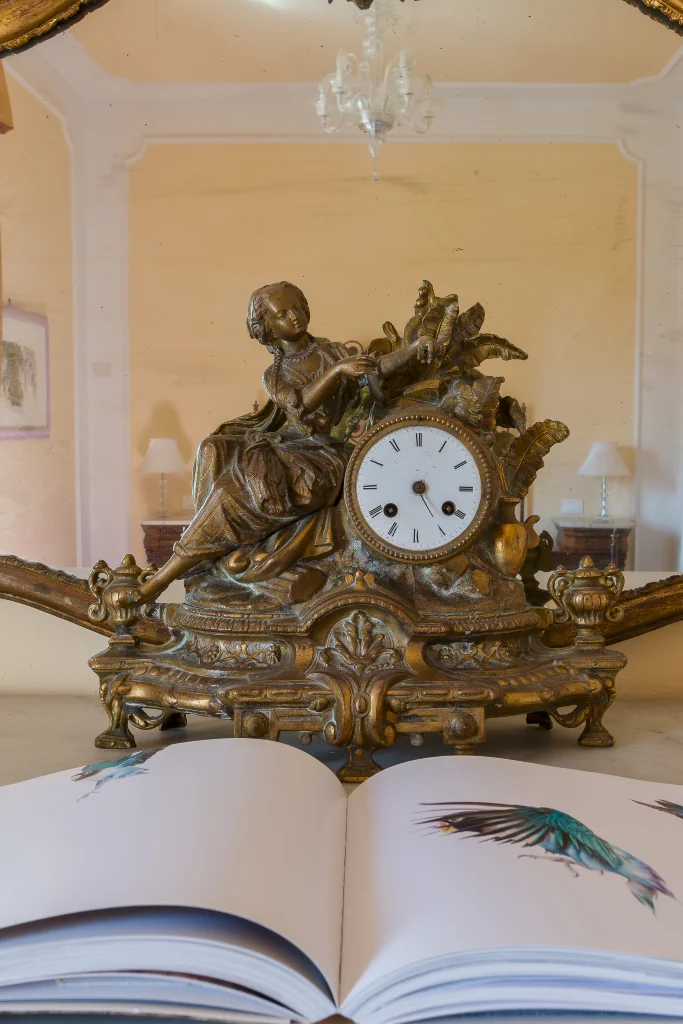
History
Immersed in the verdant heart of Tuscany, Villa Vianci’s roots extend beyond its 18th-century construction, reaching back to medieval times and even earlier. As a witness to Italy’s Risorgimento, and a part of the region’s agricultural and industrial evolution, this villa stands as a testament to the enduring Tuscan heritage. Today, it warmly opens its doors, inviting guests to become a part of its ongoing narrative that celebrates Italian elegance alongside modern allure.

More than a Destination
We offer more than just a vacation spot; we offer a soulful place, a living museum where every corner has a story to tell, resonating with the voices of those who have shared in its history.
Here, guests don’t just visit; they connect with a legacy that’s been nurtured over decades, a legacy intertwined with the natural and agricultural tapestry of Tuscany. Our villa is not just an accommodation; it’s a bridge to the Tuscan landscape, playing a crucial role in maintaining the region’s picturesque beauty and cultural authenticity.
Come and be part of this living history, where every stay is an opportunity to connect with the timeless spirit of this region and its people.
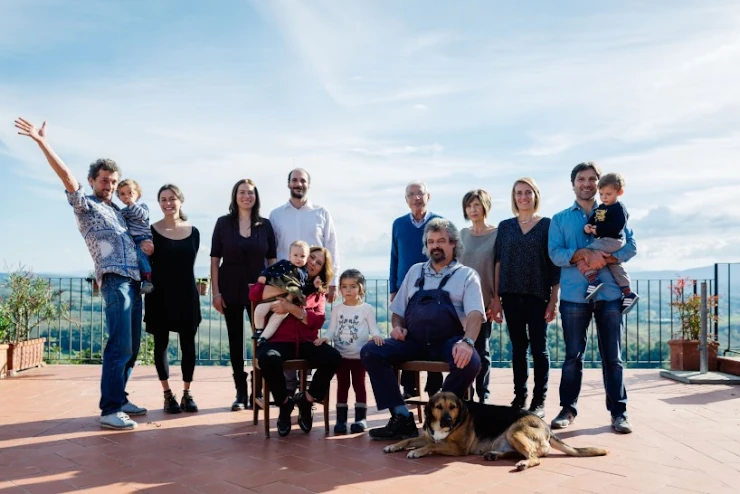
Family Gathering Retreat
Since 1986, Villa Vianci has been a warm home for family reunions, offering a welcoming space where generations come together, creating lasting memories
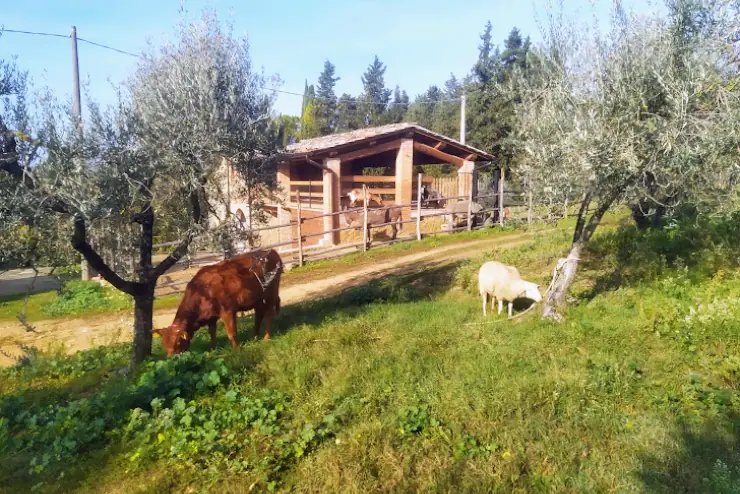
AgriCultural Stewardship
Our villa is a custodian of the land upholding a respectful relationship with Tuscany's natural landscape, and fostering sustainable agricultural practices and educational initiatives.
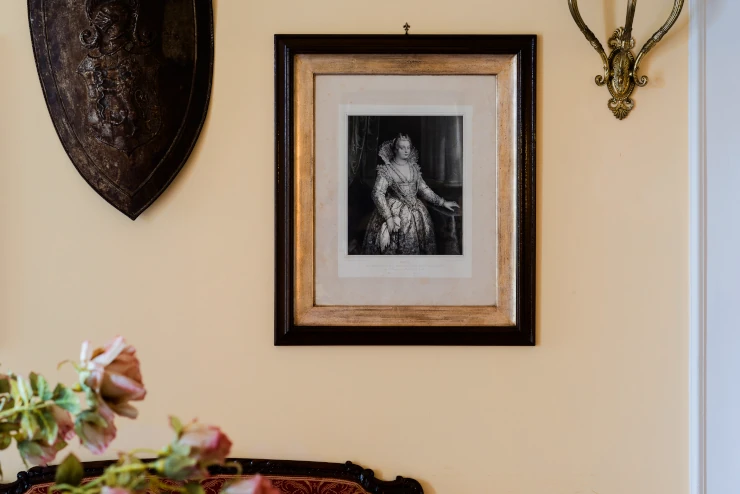
Museum of Memories
Villa Vianci stands as a living museum, where each room is a showcase historical treasures that preserve the rich tapestry of heritage and culture, inviting guests to connect with the soul of Tuscany.
Cultural Footprint
The story of this territory is a captivating journey through history, harmoniously set in the Tuscan landscape. This region, overflowing with historical richness, unveils the legacies of ancient civilizations, evident from Middle Bronze Age artifacts. The Etruscans, famed for their cultural and artistic contributions, have left a clear mark, shaping the initial character of Villa Vianci’s surroundings.
As we move into the Roman era, the importance of this site grows. The construction of Via Cassia, a critical development of that time, established its strategic relevance, facilitating trade, military movements, and cultural exchanges, thereby enriching the region’s development.
The Middle Ages, characterized by growth and change, added new chapters to this locale’s narrative. Early medieval constructions like Rocca di Staggia and the church of Santa Lucia a Bolsano marked the rise of a strong community. These historical structures stood witness to the shifting fortunes shaped by the course of history.
During the medieval period, the Via Francigena emerged as a significant pilgrimage route, weaving through the region where Villa Vianci would eventually be established. This path was not just a route for travel, but a conduit for both cultural and spiritual interactions, giving the region a distinct character. Historical figures, such as Francis I of France, journeyed along this path, their travels contributing to the development of new communities. Along the Via Francigena, numerous buildings and settlements sprang up to accommodate the flow of pilgrims and travelers. It is believed that one of these developments eventually evolved into what is now known as Villa Vianci.
Originally a simple rest stop for pilgrims, the area started to gain historical importance in the 14th and 15th centuries. While the strategic 1381 meeting between Carlo di Durazzo and Sir John Hawkwood occurred at Rocca di Staggia, the hill of Vianci played a role during this time as the site where Carlo assembled his army. This indicates that the area had the capacity to support a military encampment, marking the beginning of its significance in the complex political landscape between Florence and Siena.
Renowned historical personalities, like Dante Alighieri, visited the region, contributing to its rich cultural landscape. Their impact, along with that of architects like Filippo Brunelleschi, enhanced the cultural fabric of the region. As history unfolded, the villa transitioned from a simple relay point to a landmark of historical relevance.
The decline of Siena’s opposition to Florence, the region around what would become Villa Vianci witnessed decline and depopulation. Notably, Amerigo Vespucci, a future notary, left Staggia for Florence. He was the grandfather of the explorer who named America, this illustrates how significant historical connections can originate from humble beginnings.
Between the 16th and 18th centuries, the hill was inhabited by monks, who constructed the barn that today stands in front of the villa. As Rocca of Staggia declined, its abandoned materials, especially stones from a tower, were utilized for the first documented building on this site, laying the foundation of Villa Vianci.
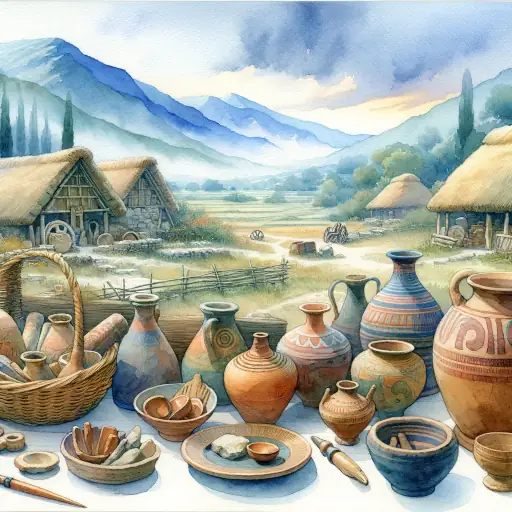
Apennine culture
In the villa's park a fragment of pottery from the Apennine culture was discovered, highlighting its historical presence in the area.
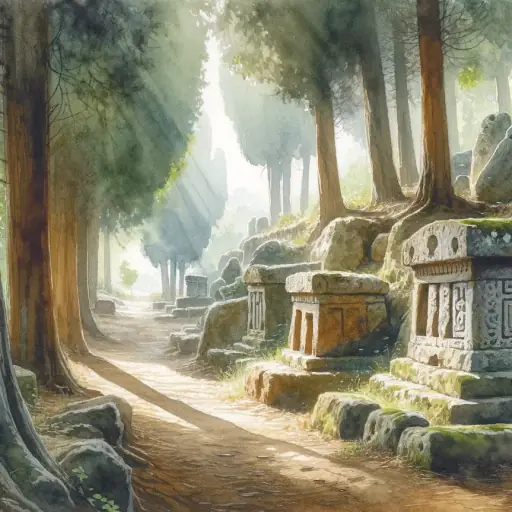
Etruscan settlements
The Poggino Necropolis, located nearby, indicates the presence of Etruscan settlements
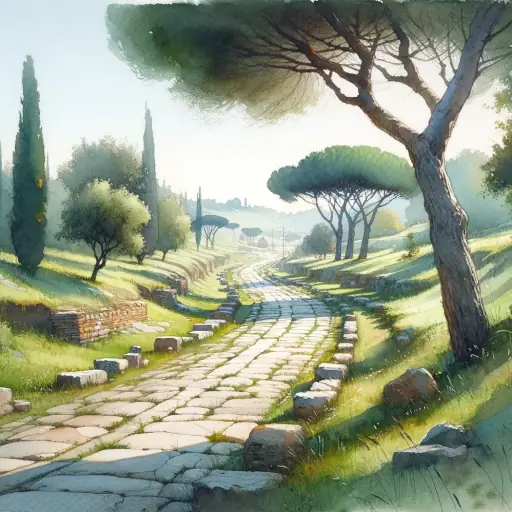
The Roman road "Cassia"
Construction of the Via Cassia, right at at the base of Villa Vianci's hill, is still used today to connect Florence with Siena.
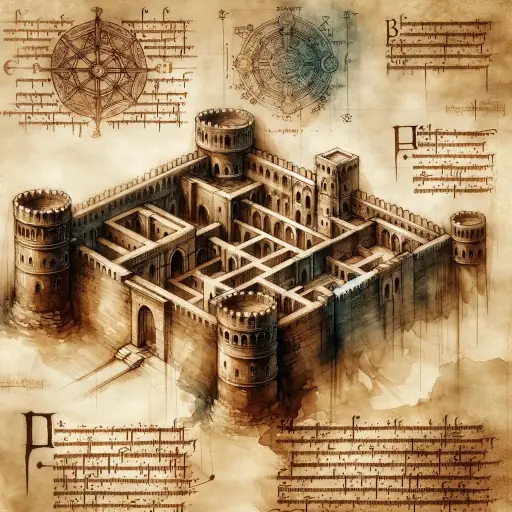
Chartula de Morgengabe
First written reference to the village of Staggia
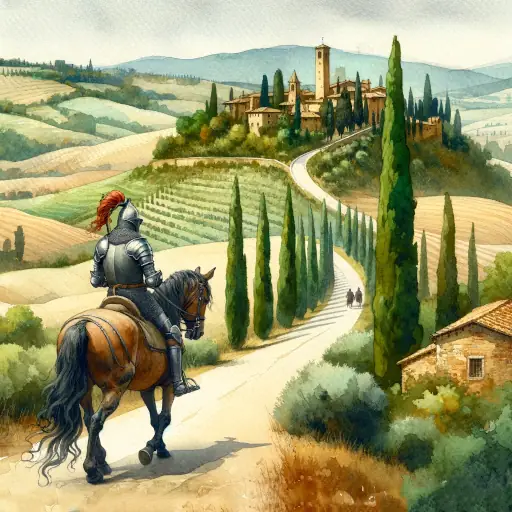
Connection with the Via Francigena
Francis I of France, returning from the Third Crusade, led to the construction of the first settlements along this road, one of which later became the foundation of Villa Vianci.
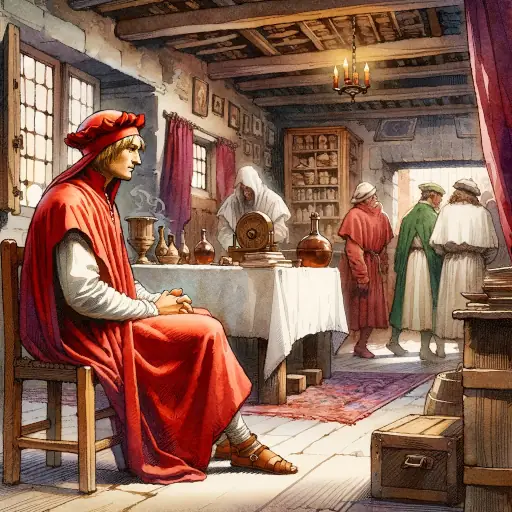
Pilgrimage of Dante
In the Holy Year, the poet stayed overnight in Staggia, probably in the premises where the restaurant "Il Nostrano" is now located
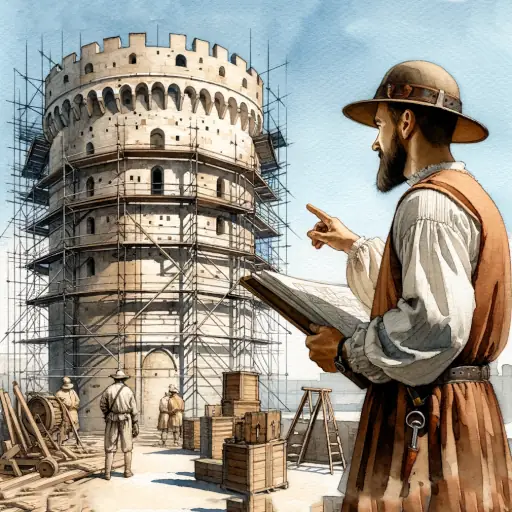
Brunelleschi's Restorations
The architect of the cathedral was called to lead the restoration of Staggia Castle and the many buildings destroyed by the wars of the previous century.
Arrival of the Augustinian friars
The Vianci hill was colonized by friars, and the construction of the barn was probably their work, as can be seen from its unique shape that it still retains today.
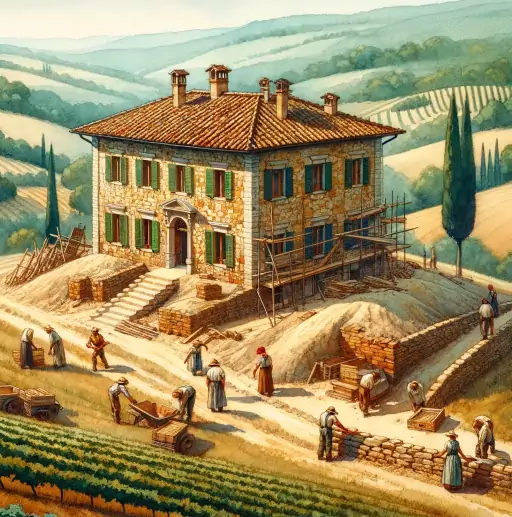
Construction of the "First" Villa Vianci
The fallen stones from the Rocca di Staggia were used to build an early version of Villa Vianci
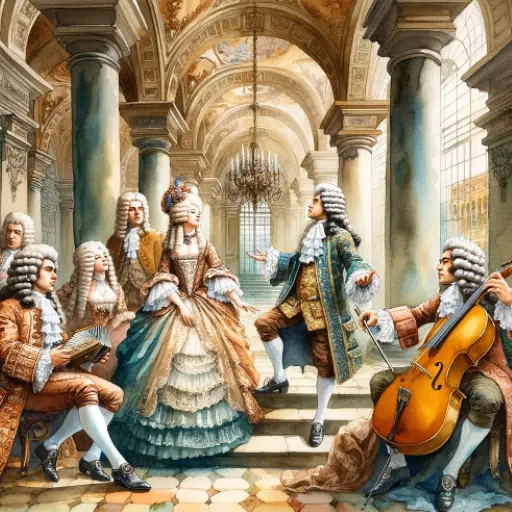
Rise to Fame of Senesino Singer
Thanks to the wealth earned by the Senesino, his family, the Bernardis, purchased numerous estates in the area.
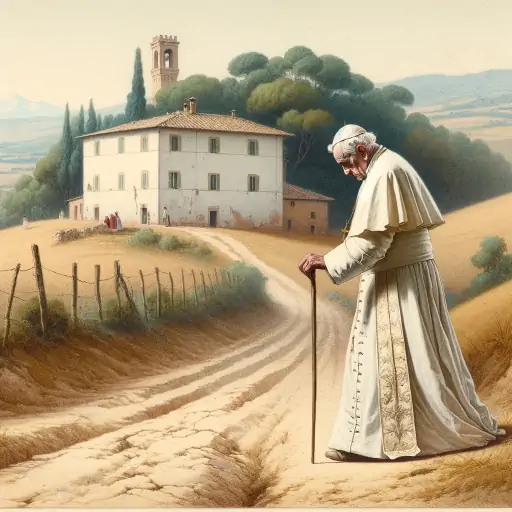
exile of the Pope to Siena
A small plaque on the rear facade of the villa commemorates the Pope's overnight stay at the villa during the exile imposed by Napoleon.
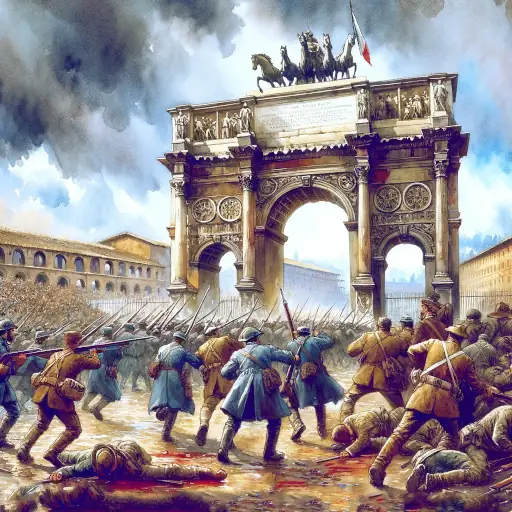
Heroes of the Risorgimento
The Bernardis continue their rise and fame during the Italian Wars of Independence
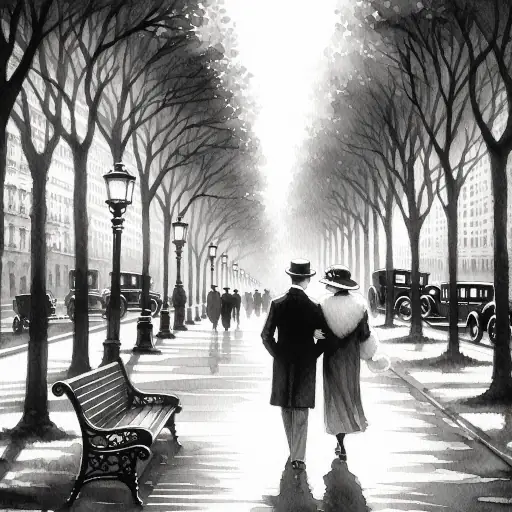
A marriage of love
The industrial bourgeoisie of the Puccionis unites with the agricultural aristocracy of the Bernardis

The Puccioni family purchases Villa Vianci
As a gift of love, Commendatore Puccioni donates the Vianci Villa to Maria Avanzati Bernardi
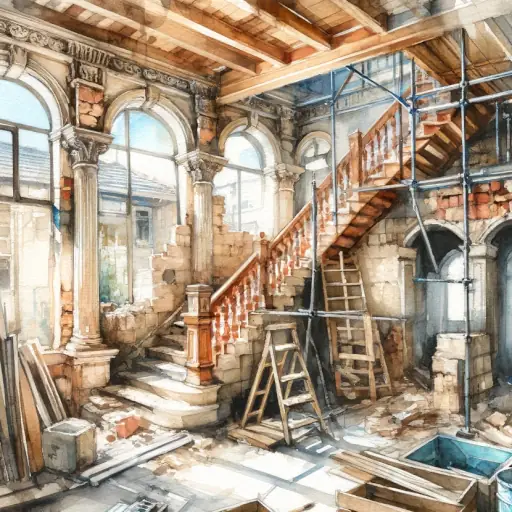
Renovation and "second" Villa Vianci
After the war, seeking rebirth and beauty, the Puccioni family enriches Villa Vianci, shaping it into its present form.
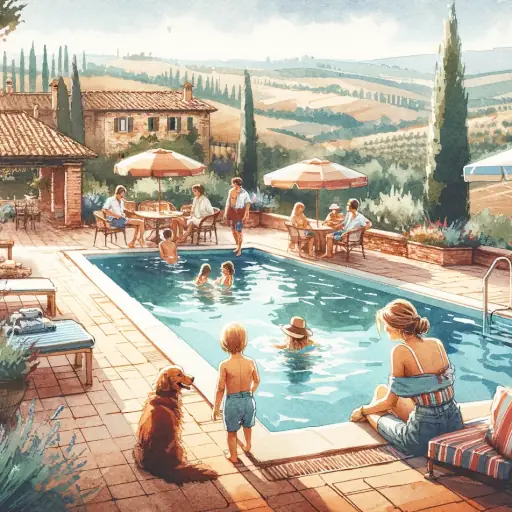
The villa opens its doors to travelers
Lorem ipsum dolor sit amet, consectetur adipiscing elit. Mauris tempus nisl vitae magna pulvinar laoreet.
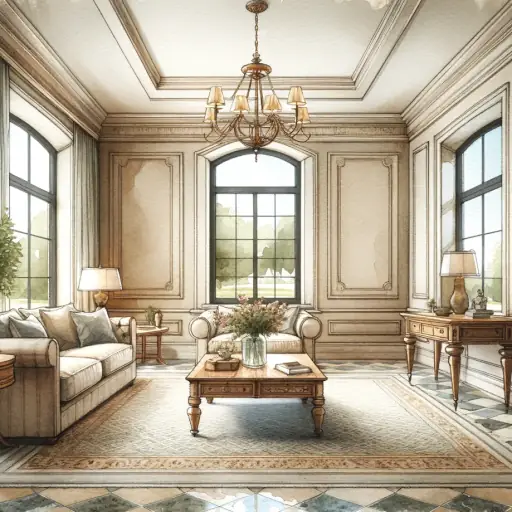
Renewal and Restoration
The villa is passed down to the next generation, who have renewed its elegance and equipped it with modern comforts.
Social Renaissance
The storied journey of Villa Vianci, entwined with the history of the Bernardi family of Siena. The remarkable trajectory of Francesco Bernardi, known as Senesino, from a young prodigious singer to a famed castrato performer in the 18th century, marked a significant shift in the family’s fortunes. His collaboration with Georg Friedrich Händel and subsequent fame across Europe’s prestigious theaters not only brought wealth but also a distinguished status to the Bernardi.
The family’s involvement in the political sphere, especially during the Italian Risorgimento, highlighted their commitment to national and local causes. The Bernardis’ alliance with the English Newton family, notable for their aristocratic lineage, further accentuated their prominence in both political and social circles.
As the generations succeeded, the Bernardis melded their aristocratic roots with the evolving societal landscape of Italy. A significant moment in this journey was the marriage of Maria Avanzati Bernardi to Mario Puccioni, merging aristocratic heritage with the emerging industrial bourgeoisie.
Mario Puccioni’s acquisition of Villa Vianci was inspired by his wife Maria’s longing for the rural landscapes of her youth. Under their dedicated stewardship, the villa underwent substantial transformations, seamlessly blending elements of Florentine architectural elegance with the picturesque beauty of the Sienese landscape, ultimately shaping the Villa Vianci that we see today.
Throughout its history, the villa has been a witness to the ever-changing tides of time. It has consistently been a symbol of the family’s unwavering commitment to preserving their cherished heritage. Even in the face of 20th-century challenges, such as wars and social upheavals, Villa Vianci stood as a testament to resilience and continuity. The Puccioni family’s relentless dedication to restoring and maintaining the villa vividly showcased their unwavering commitment to honoring the spirit of their forebears.
With the close of the 20th century, a new chapter unfolded for Villa Vianci. The family made a momentous decision to open its doors to visitors from across the globe. This significant change transformed the villa from a private residence into a welcoming haven for those eager to immerse themselves in the richness of Tuscan culture and history.
Guided by the vision of Tommaso and Chiara, the current owners, Villa Vianci continues to uphold the tradition of connecting with the land and offering warm hospitality. The villa has skillfully addressed the challenges posed by the pandemic while extending a heartfelt welcome to guests from around the world. These dedicated efforts underscore the enduring appeal of Villa Vianci as a hub for cultural exchange and historical richness.
Villa Vianci stands as a living testament to the art of merging past legacies with future aspirations, embodying the spirit of meeting and sharing with kindred souls.
Today this place is not merely a relic of its storied past; it is a vibrant embodiment of the fusion of historical legacies with contemporary dreams. It embodies the enduring spirit of encounter and sharing, inviting visitors from every corner of the world to forge a connection with the essence of Tuscany, its landscape, and its people.
Family Reunions & friends trips
In the wake of the prestigious past of Villa Vianci, today we mainly host family reunions, groups of friends and small groups in general. Our hospitality proposal is in fact aimed at satisfying the needs and desires of those who travel as a group of people, be they family or friends. We want your stay to be perfect, but above all, that you can create unique moments and then share them with your special ones.
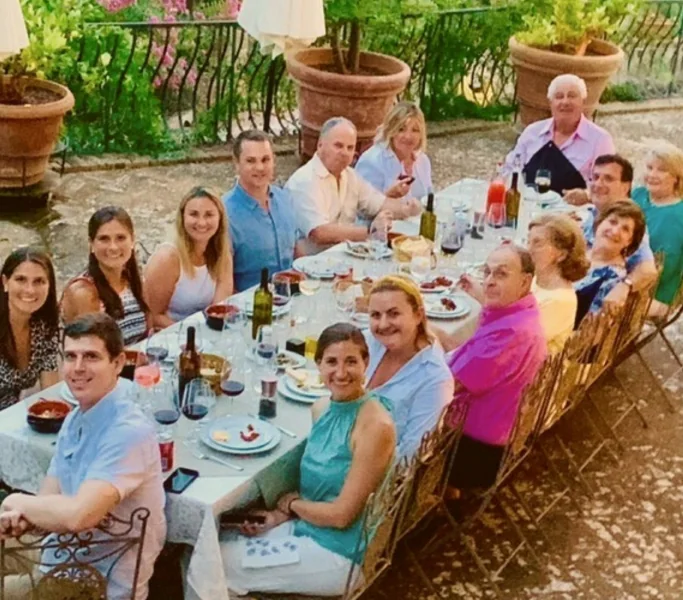
Family Reunion
A place where children, grandparents and all the family members can reunite together and write extraordinary pages to their own history.

Group of Friends
A large villa offers the unique opportunity to reunite friends of all times together in one place
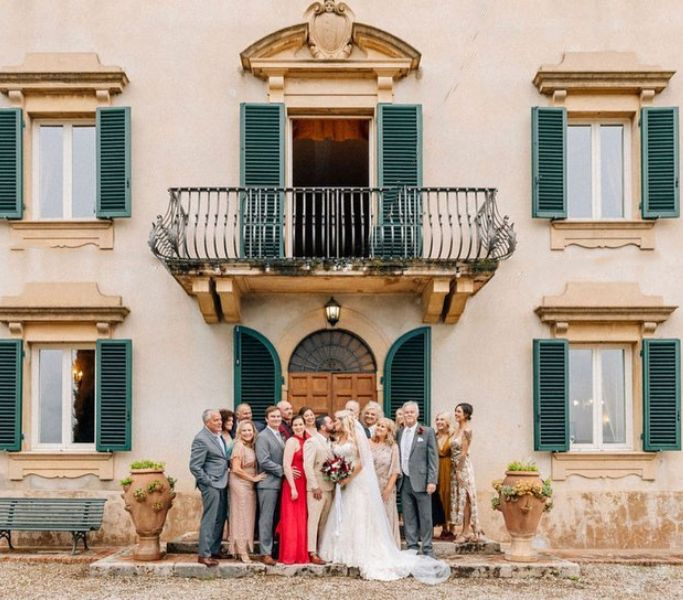
Special occasions
A valuable and intimate setting to forever frame unforgettable moments, anniversaries and birthdays.